Ronald Brownstein: These are the blue-collar voters the GOP needs to worry about
Published in Op Eds
In the 2024 election, Donald Trump mapped an escape route for Republicans from the greatest long-term challenge facing the party. Less than a year later, that path looks much more precarious.
The core demographic challenge facing the GOP is that the party’s most reliable bloc of voters — White people without a four-year college degree — is shrinking. Trump’s solution in 2024 was to markedly improve his performance among non-White voters without a four-year college degree.
But polling through his second term consistently shows those voters cooling on his performance and priorities. If that trend continues, the math for Republican candidates — especially in presidential races — will grow much more complicated.
For decades, White voters without a college degree were the nucleus of the dominant New Deal coalition forged for Democrats by Franklin D. Roosevelt. But the cultural and racial storms of the 1960s shattered that coalition; during the presidencies of Richard Nixon and Ronald Reagan, millions of blue-collar White voters moved right, largely around racially tinged issues such as school busing, crime and welfare, but also because of social issues, taxes and national security.
Democrats have struggled with those voters ever since, but Trump widened the GOP advantage to a commanding level not seen since the “Reagan Democrats” era in the 1980s. The major data sources on how Americans vote — including exit polls, the AP/VoteCast survey and the Pew Research Center’s Validated Voters study — agree that Trump carried nearly two-thirds of White voters without a college degree in each of his three campaigns.
But although working-class White people remain the largest single bloc of voters, their presence in the electorate has steadily declined as the U.S. has grown both more racially diverse and better educated. In 1980, White people without a four-year degree comprised 68% of voters, according to an analysis of Census data provided exclusively to me by William Frey, a demographer at the Brookings Metro think tank. By 2008, Frey calculates, their share had fallen below half, to 48%, for the first time.
Though Trump inspired very high turnout among these blue-collar White people, that hasn’t overcome their continued decline in the overall population: Their share of the total vote fell from 42% in 2016 to slightly over 37% in 2024, the Census reported. Blue-collar White voters remain a bigger share of the electorate in the pivotal Rustbelt swing states, but even there they have already fallen below a majority in Pennsylvania and are likely to do so in Michigan in 2028.
College-educated voters, of all races, have mostly filled this gap. In 2004, Frey found, White adults with at least a four-year degree cast just under 28% of all ballots nationwide, and college-educated non-White adults about 5%. In 2024, those numbers rose to 33% for White adults and about 12% for non-White adults. The share of Non-White adults without a college degree has grown, too, but only from 16% in 2004 to about 18% last year. (The Census data puts the total share of college-educated voters slightly higher than the other leading data sources on voting behavior, but they all show the same trends.)
Pervasive disappointment in Joe Biden’s record allowed Trump in 2024 to improve with virtually every group, including college graduates of all races. But in the long run, a party recast in his image is likely to struggle with well-educated voters, who mostly hold liberal positions on social issues and express the greatest concern about Trump’s assaults on constitutional safeguards. September surveys by the New York Times/Siena College and the Washington Post/Ipsos each found that about 7 in 10 college-educated people of color, and between 55% and 60% of well-educated White people, disapproved of his performance as president.
That leaves blue-collar non-White voters as the crucial source of potential long-term growth for a Trump-stamped GOP. And, in fact, both the exit polls and the AP/ VoteCast survey calculated that he won about one-third of them last year, while Pew (in a new analysis provided to me) put his total even higher, at nearly two-fifths. In each case, that was a big improvement from the roughly one-fourth support among those voters that all three surveys recorded for Trump in 2020.
Those gains prompted exuberant predictions among some Republican strategists that Trump had constructed a stable, cross-racial, working-class majority coalition. Even if the party lost votes from the continued shrinking of the White working class, the thinking went, Trump had proved the GOP could add enough votes from the non-White working class to offset those losses.
But Trump’s grasp on those voters is already slipping. Like polls earlier in his term, the New York Times/Siena College and Washington Post/Ipsos surveys found that only about one-fourth of non-college non-White voters approved of his job performance. In the Times/Siena survey, four times as many of those blue-collar racial minorities said his economic policies had hurt rather than helped the economy, and two-thirds said he has gone too far both with his immigration enforcement policies and in deploying the National Guard to major cities. In the Washington Post poll, three-fourths of them said his tariffs were raising prices. These results all diverged sharply from Trump’s continued strong support among working-class White voters.
Even Democratic strategists acknowledge that this disillusionment with Trump doesn’t mean working-class minority voters are reliably snapping back toward the Democrats, since many remain dubious of the party. But these results do suggest that predictions of a lasting GOP realignment were premature. The same discontent over high prices that boosted Trump with blue-collar non-White voters last year is buffeting him now.
Trump has cemented the loyalty of blue-collar White voters to the GOP and simultaneously ensured sustained skepticism among college-educated voters of all races. Working-class non-White voters, frustrated by the inability of either party to alleviate their economic strains, are positioned to tilt the balance of power between the two sides for years to come.
_____
This column reflects the personal views of the author and does not necessarily reflect the opinion of the editorial board or Bloomberg LP and its owners.
Ronald Brownstein is a Bloomberg Opinion columnist covering politics and policy. He is a CNN analyst and the author or editor of seven books.
_____
©2025 Bloomberg L.P. Visit bloomberg.com/opinion. Distributed by Tribune Content Agency, LLC.
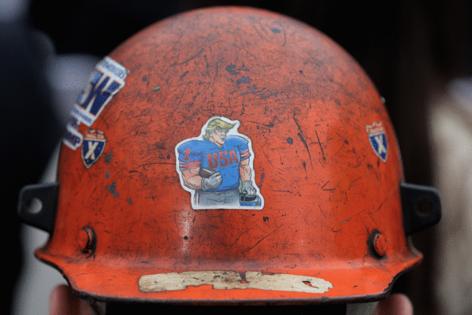


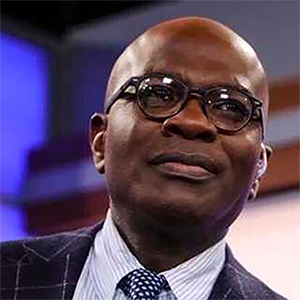



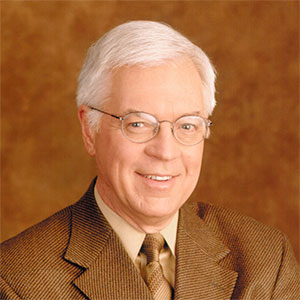















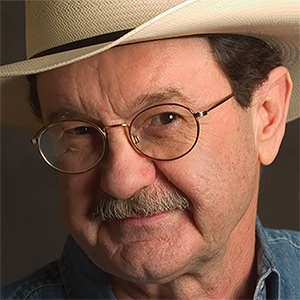


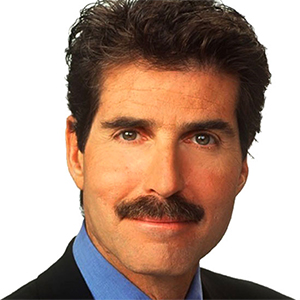

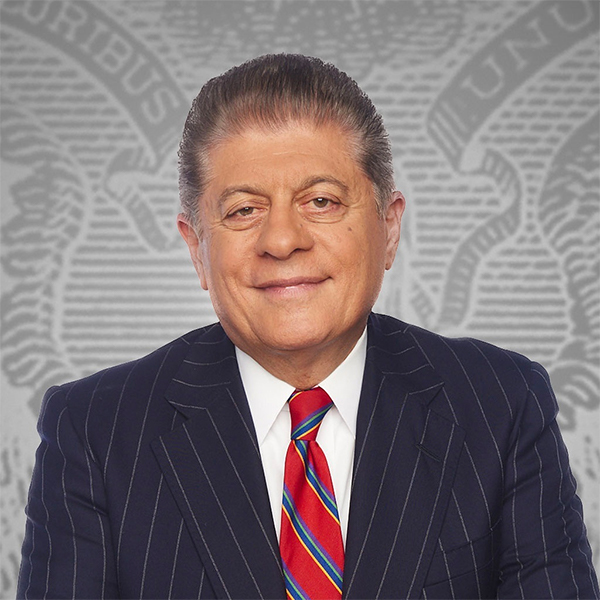





















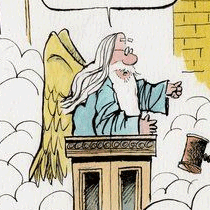

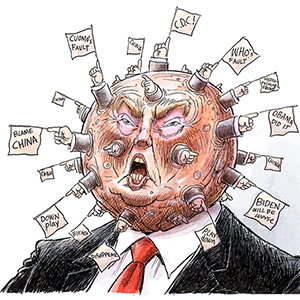

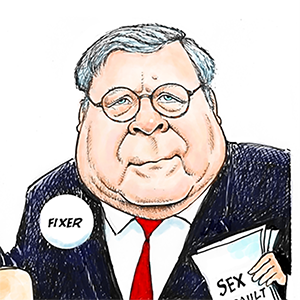

Comments